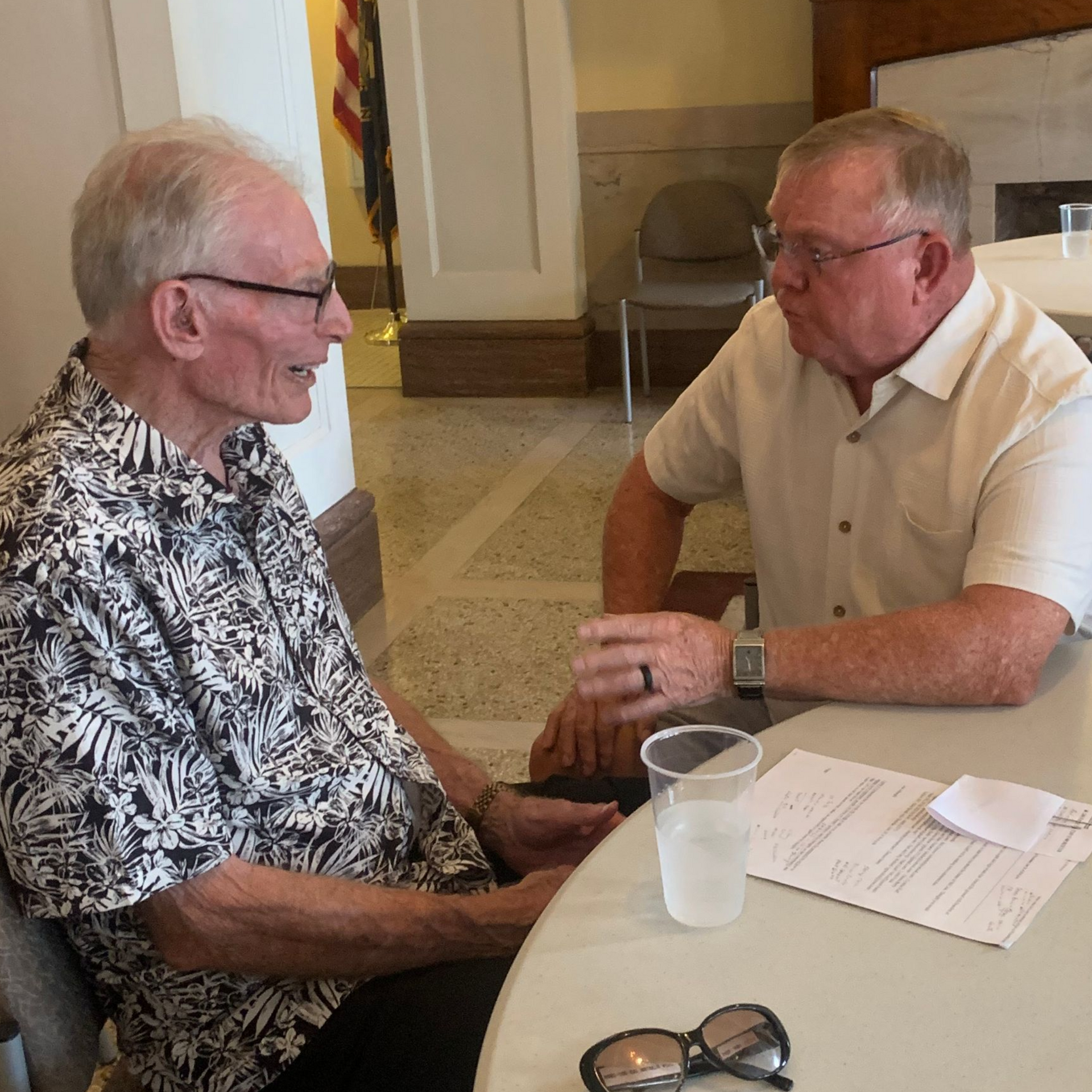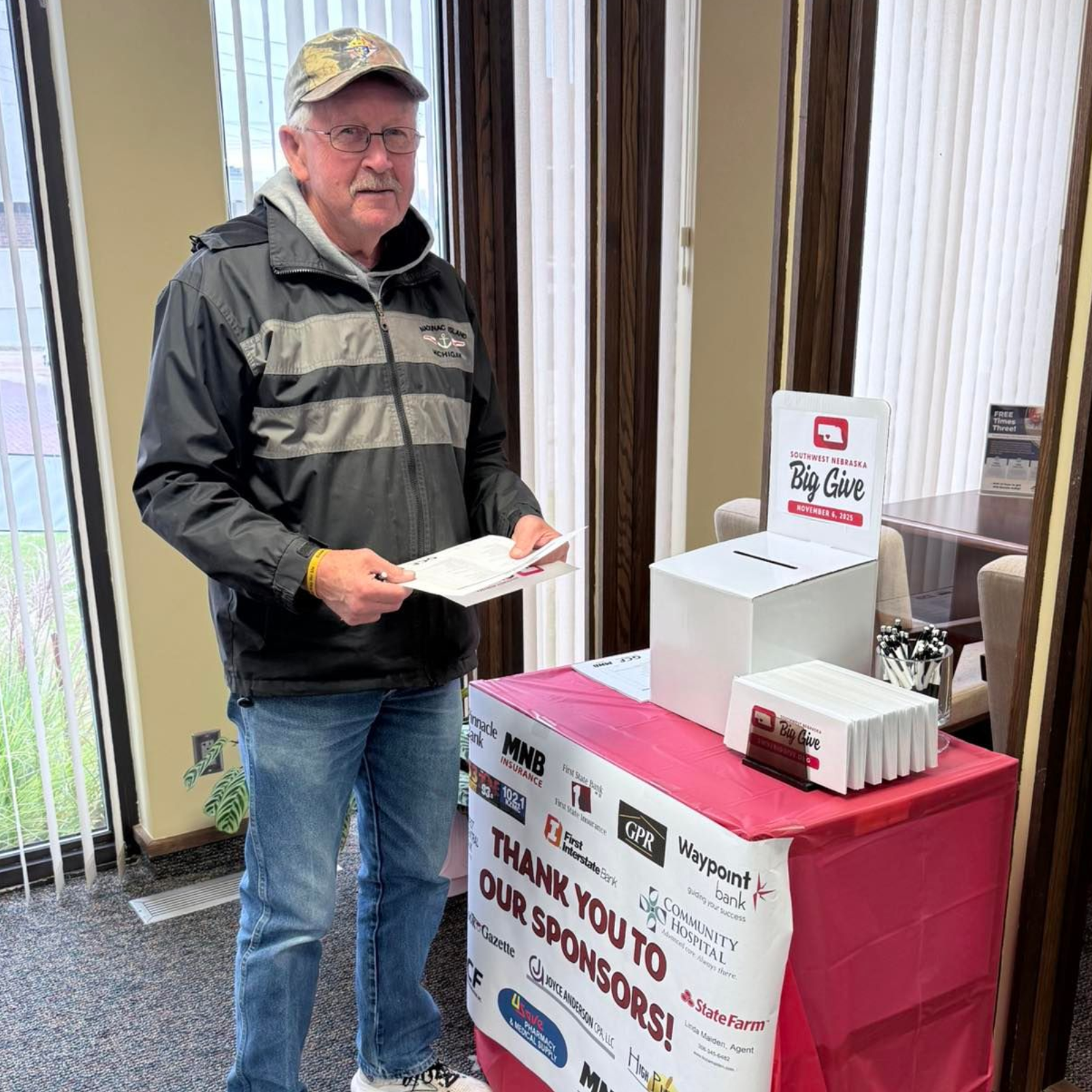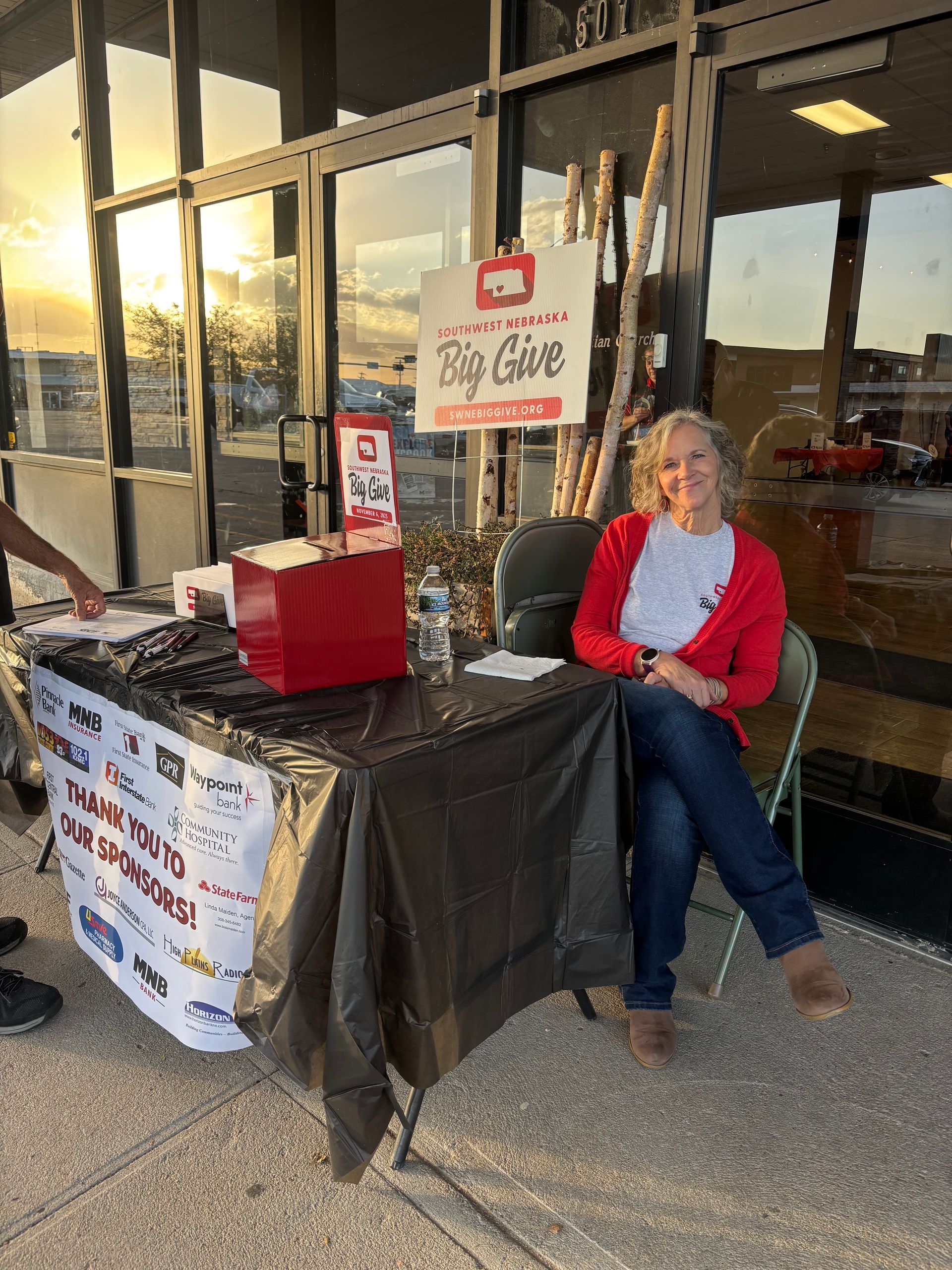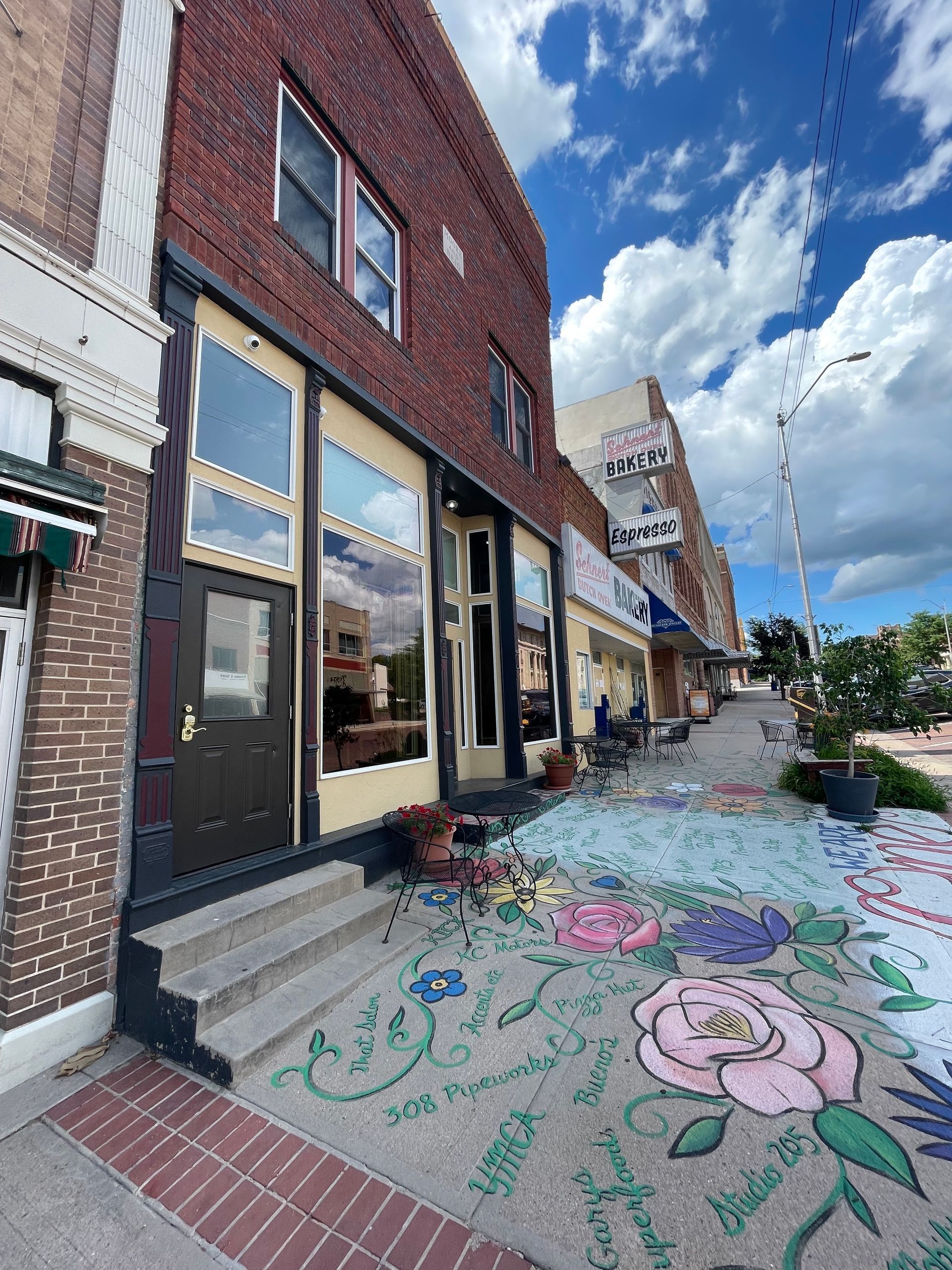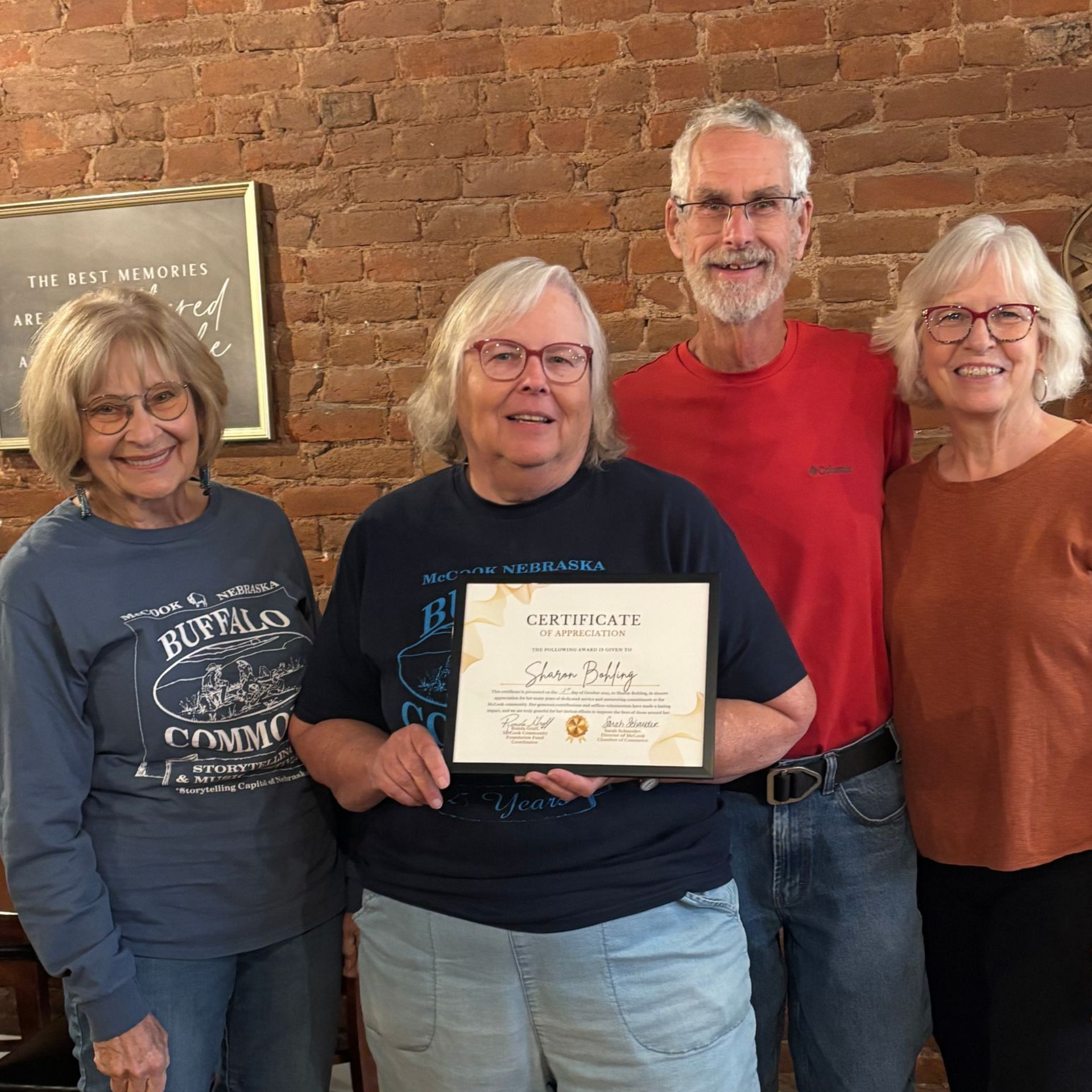
I pulled up in front of the small one-story building in downtown McCook, reaching for the bag of
assorted shoes on my passenger seat. I had planned to just put the worn shoes into the night
deposit slot but the building owner waived me in as he switched the sign in the window from
“open” to “closed.”
As I left the shoes to be repaired, I wondered if most people even fix their shoes anymore. Most
shoes are just tossing away as soon as they show wear and tear.
But more importantly, do people in McCook even know that we have an authentic shoe cobbler?
A shoe cobbler is one of those businesses which is from a gone-by era, when people actually
repaired their possessions. But the business remains relevant, especially for those of us who
don’t want to live in a disposable, single-use era.
Go around the block and you can find Tinker Tom’s, which we frequent with our bike repairs and
to get bike supplies. But the store on Norris Avenue is also filled with vacuums and floor lamps
and other small appliances. I am pretty sure I saw my counter-top ice machine sitting there on
my last visit.
All of these items were destined for the landfill but are getting another chance at being useful
before being thrown away.
I think our community values thriftiness and usefulness because we have these stores plus
other repairmen and repairwomen who make a living saving things from the garbage dump and
keeping things working.
It is also the reason our community is able to support not one, not two but at least three thrift
stores, which not only survive but thrive. We have businesses which sell furniture that may
either have been repaired or may need some work but is still in good shape. Without those
businesses, many of those items would be destined for the garbage cans.
Instead, they get second and even third lives with people who need and value them. One of my
outfits this week received compliments at numerous meetings and every piece was from a thrift
store.
Unfortunately, we live in a disposable society with single-use items common everywhere. At the
first swim team dinner last year, the swimmers came to a halt at the beginning of the food line
that I was hosting. They were looking around for the plastic silverware and paper plates but
could only find real silverware and real plates. They literally didn’t know what to do but quickly
adapted to using the real items and even offered to help do dishes at the end.
It is just one meal but it hopefully changed how those youth felt about using something and just
throwing it away when done.
We also live in an era where things are not built to last.
Who has a fridge which is likely older than most of your children but that looked dated so you
moved it into your garage for your beer supply and bought a new one for your kitchen? Who has
replaced that kitchen fridge multiple times while the garage fridge keeps on humming? Who has
called a repairman on the new fridge only to be told it would be cheaper to just buy a new one
rather than buy replacement parts?
We likely all have a story about an appliance or a vehicle that just had a minor issue but was
beyond repair, either financially or because it wasn’t built to be repaired. Instead, the item was
likely thrown away (or hopefully recycled or scrapped if possible) and you bought a new one.
While that is the society we currently live in, it doesn’t have to be that one. There is a certain
satisfaction to saving and reusing things we already have or which aren’t new.
My oldest son is a perfect example of making a living of keeping things out of the landfill
His day-job is repairing sewing machines of all ages and sizes. Thanks to the ladies (and maybe
some guys) at Sew Blessed in McCook, he gained the knowledge and a desire to fix sewing
machines and now does it full-time in Omaha.
Most of the machines he works on are older, not just because of their age but because of how
they are made. Newer machines have more plastic parts, which simply are not repairable while
the older machines were built to last with sturdier metal parts which were meant to be repaired.
His side gig is as a fashion designer, where he takes used items and repurposes them into new
pieces of clothing. His favorite sources of fabric are 1970s couches and grandmother’s afghans,
along with Carhart items although that has become harder as Carhart has become a “hip”
brand, something that makes most farmers in our community giggle.
Scraps of fabric from clothing that won’t sell even at thrift stores line his workshop at home, all
of it destined to be a new shirt or pair of shorts. A pile of jackets and purses sit in the corner,
waiting to be repaired for other people. And sewing machines which require extra time and effort
to get them going again are scattered around the room in an attempt to save them.
Repairing items rather than just throwing them away takes extra time and extra effort. And it
may even cost more to repair something rather than just buy something new.
But there is a satisfaction is salvaging something before its time is done. There is something
pleasing about finding that one item at the thrift store that you have been searching for. It just
feels good taking something from unusable to treasured.
There is one caveat: You have to remember that you are having something repaired.
As I packed up my bag for a trip this past weekend, I found only one of the shoes I wanted to
take. That is when I remembered that its’ mate was at the repair shop still. I assume it is fixed. I
hope it is still sitting on the shelf and hasn’t been tossed into the trash. Oh, the irony.

